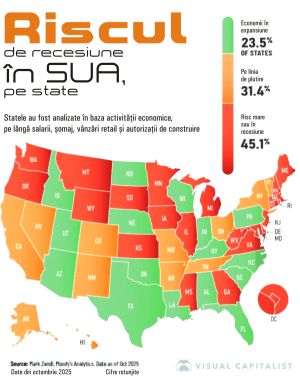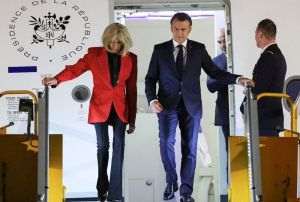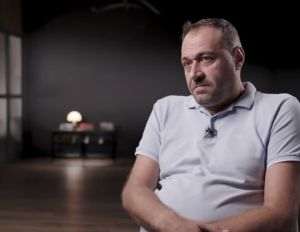Ovidius University of Constanta has won two projects worth a total of 10 million euros, financed through the European Regional Development Fund (ERDF), for the development of educational infrastructure, representatives of the higher education institution informed.
According to the cited source, one of the projects aims to expand the existing campus on Aleea Universităţii, no. 1, by constructing and equipping a new building, which will include classrooms and specialized laboratories, with a capacity of 466 places for study programs that train specialists in the fields of IT&C, engineering and naval transport. The second project refers to the creation of a new university educational infrastructure and the equipping of specialized laboratories, with a capacity of 557 places for study programs that train specialists in the fields of tourism, agri-food and biotechnology. The two new buildings will have a built area of over 5,000 square meters and a height regime of GF+2, being realized using a similar architecture, in a unitary composition.
The educational spaces will include six amphitheaters, nine seminar rooms, three specialized digital laboratories (one laboratory for artificial intelligence, one for cybersecurity and machine learning and one for excellence in tourism), four generic digital laboratories and seven technical laboratories.
"Ovidius University of Constanţa is taking an important step towards consolidating its status as an academic and research pole in the southeastern region of Romania, by attracting new financing, worth 10 million euros. These investments represent a natural continuation of our institutional development efforts, previously initiated, through projects financed both through PNRR, and by attracting other lines of European financing in the previous year", declared the rector of Ovidius University, associate professor Dr. Dan-Marcel Iliescu. Through the two projects, annual access to quality educational services will increase for at least 2,000 students, including those from vulnerable groups (over 10%), through the use of new infrastructure and related facilities.






























































